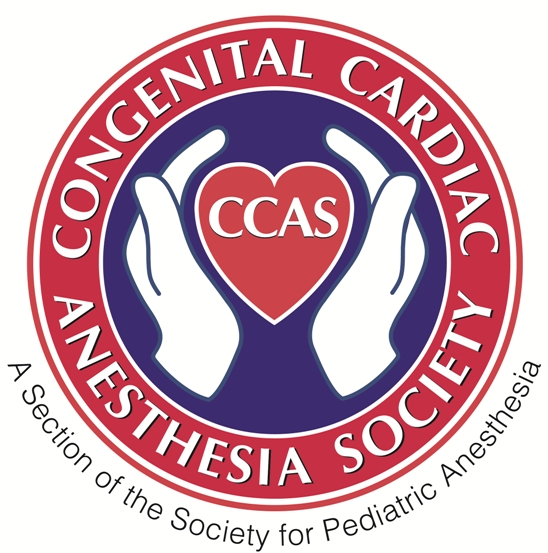Question of the Week 357
{“questions”:{“2zvpu”:{“id”:”2zvpu”,”mediaType”:”image”,”answerType”:”text”,”imageCredit”:””,”image”:””,”imageId”:””,”video”:””,”imagePlaceholder”:””,”imagePlaceholderId”:””,”title”:”Author: Sana Ullah, MB ChB, FRCA \u2013 Children\u2019s Medical Center, Dallas \r\n\r\nIn pediatric patients, which of the following types of cardiac tumors is MOST LIKELY to be associated with a lethal ventricular arrhythmia?\r\n\r\n”,”desc”:””,”hint”:””,”answers”:{“o9ehz”:{“id”:”o9ehz”,”image”:””,”imageId”:””,”title”:”A.\tAtrial myxoma”},”welhi”:{“id”:”welhi”,”image”:””,”imageId”:””,”title”:”B.\tRhabdomyoma”},”pp9z3″:{“id”:”pp9z3″,”image”:””,”imageId”:””,”title”:”C.\tFibroma”,”isCorrect”:”1″},”1febm”:{“id”:”1febm”,”image”:””,”imageId”:””,”title”:”D.\tAngiosarcoma”}}}},”results”:{“pjwkq”:{“id”:”pjwkq”,”title”:””,”image”:””,”imageId”:””,”min”:”0″,”max”:”1″,”desc”:””,”redirect_url”:”https:\/\/ccasociety.org\/wp-content\/uploads\/2022\/02\/Final-AC-and-SG-edits-Question-of-the-Week-Sana-1-Feb-2022.pdf”}}}
Question of the Week 356
{“questions”:{“zpume”:{“id”:”zpume”,”mediaType”:”image”,”answerType”:”text”,”imageCredit”:””,”image”:””,”imageId”:””,”video”:””,”imagePlaceholder”:””,”imagePlaceholderId”:””,”title”:”Authors: Peggy Vogt, MD and Stephanie Grant, MD \u2013 Emory University\/Children\u2019s Healthcare of Atlanta \r\n\r\nA 2-year-old male child with congenital tracheal stenosis presents for slide tracheoplasty. A rigid bronchoscopy demonstrates complete tracheal rings from the third tracheal ring to approximately one centimeter above the carina. What is the MOST COMMON congenital heart disease defect associated […]
Question of the Week 355
{“questions”:{“fn770”:{“id”:”fn770″,”mediaType”:”image”,”answerType”:”text”,”imageCredit”:””,”image”:””,”imageId”:””,”video”:””,”imagePlaceholder”:””,”imagePlaceholderId”:””,”title”:”Author: Michael A. Evans, MD \u2013 Ann & Robert H. Lurie Children\u2019s Hospital of Chicago, Northwestern Feinberg School of Medicine \r\n\r\nA 16-year-old male with a history of orthotopic heart transplantation presents to the cardiac catheterization lab for annual surveillance catherization. While the skin is prepped with chlorhexidine and several minutes after the patient is under […]
Question of the Week 354
{“questions”:{“0kabl”:{“id”:”0kabl”,”mediaType”:”image”,”answerType”:”text”,”imageCredit”:””,”image”:””,”imageId”:””,”video”:””,”imagePlaceholder”:””,”imagePlaceholderId”:””,”title”:”Authors: Michael A. Evans, MD and Eric Vu, MD \u2013 Ann & Robert H. Lurie Children\u2019s Hospital of Chicago, Northwestern Feinberg School of Medicine\r\n \r\nA 23-year-old woman with Hallerman-Streif syndrome, mixed mitral valve disease, and restrictive cardiomyopathy presents to the cardiac intensive care unit due to acute on chronic heart failure. Her home medication regimen […]
Question of the Week 353
{“questions”:{“odzkd”:{“id”:”odzkd”,”mediaType”:”image”,”answerType”:”text”,”imageCredit”:””,”image”:””,”imageId”:””,”video”:””,”imagePlaceholder”:””,”imagePlaceholderId”:””,”title”:”Author: Michael A. Evans, MD \u2013 Ann & Robert H. Lurie Children\u2019s Hospital of Chicago, Northwestern Feinberg School of Medicine \r\n\r\nA 17-year-old child with an automated implantable cardioverter defibrillator (AICD) placed for congenital long QT syndrome presents to the operating room emergently for fixation of a right-sided open radial fracture. The surgeon plans to use […]
